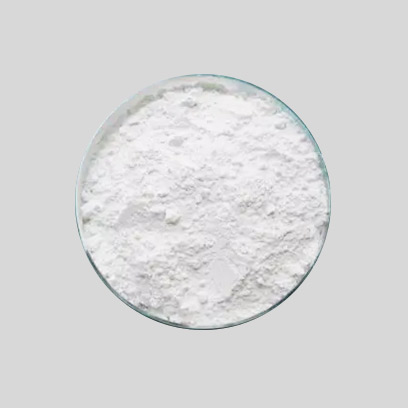
10 月 . 22, 2024 11:20 Back to list
China Lithopone Powder with 28 to 30 Percent Content for Diverse Applications
The Significance of China Lithopone 28-30% in Modern Industry
Lithopone, a white pigment produced by the coprecipitation of barium sulfate (BaSO4) and zinc sulfide (ZnS), has gained substantial relevance in various industrial applications due to its excellent opacity and durability. Among the different grades of lithopone produced globally, China Lithopone 28-30% stands out as a notable product, catering to a diverse range of industries including paints, plastics, and coating sectors. This article explores the significance, applications, and benefits of China Lithopone 28-30%.
Production and Composition
The 28-30% designation refers to the specific range of zinc sulfide concentration found in the pigment. This concentration is pivotal because it influences the pigment's opacity, brightness, and weather resistance. China has emerged as a leading producer of lithopone, leveraging its abundant raw materials and advanced manufacturing technologies to ensure high-quality output.
The production process of lithopone involves a series of chemical reactions which begin with the synthesis of barium sulfate and zinc sulfide, followed by the careful drying and milling to achieve the desired particle size. China’s lithopone industry focuses on meeting stringent environmental standards to minimize the ecological impact of its operations, ensuring sustainability while maintaining production efficiency.
Applications in Various Industries
China Lithopone 28-30% finds extensive applications across various sectors.
1. Paints and Coatings Lithopone is highly valued in the paints industry for its ability to enhance whiteness and color opacity. China Lithopone 28-30% is routinely used in decorative and industrial coatings, providing excellent hiding power and resistance to fading, which is crucial for exterior applications.
2. Plastics In the plastics industry, lithopone acts as a filler and pigment. Its use contributes to the reduction of production costs while improving the aesthetic qualities of plastic products. The durability and stability of lithopone make it suitable for outdoor plastic applications, where resistance to UV radiation is essential.
china lithopone 28~30%

3. Paper Products The paper industry utilizes lithopone to enhance the brightness and weight of paper products. Its unique properties allow for smoother printing surfaces, making it a preferred choice for high-quality printing applications.
4. Rubber Production In rubber manufacturing, lithopone aids in improving the tensile strength and resilience of the final product. This enhances the performance attributes of tires and other rubber goods, resulting in improved safety and longevity.
Benefits of Using China Lithopone 28-30%
The utilization of China Lithopone 28-30% offers several benefits that make it a favorable choice among manufacturers
- Cost-Effectiveness Due to its widespread availability and cost-efficient production methods, China lithopone provides a competitively priced option for industries looking to maintain quality while controlling expenses.
- Environmental Compatibility With growing environmental concerns, many manufacturers prefer lithopone as it is free of harmful substances such as lead and cadmium, which are commonly found in other pigments.
- Versatility The multifaceted applications of lithopone across various industries highlight its versatility, making it indispensable in manufacturing processes.
Conclusion
In conclusion, China Lithopone 28-30% represents an essential component in the landscape of modern industrial materials. Its unique properties, coupled with cost-efficiency and environmental friendliness, have cemented its place in several key industries. As global markets continue to evolve and prioritize sustainability, the demand for high-quality, reliable pigments like China Lithopone is expected to rise, further showcasing its significance in contemporary manufacturing practices.
-
Lithopone for Plastic & TiO2 R-5568/SK-6658 Masterbatch Solutions
NewsMay.30,2025
-
China Leading Rutile TiO2 Manufacturer - R5566 & R996 Grades Available
NewsMay.30,2025
-
High-Purity Anatase & Rutile TiO2 Powder Trusted Manufacturer
NewsMay.30,2025
-
High-Purity Anatase Products Trusted Supplier & Manufacturer
NewsMay.29,2025
-
Best Price Eco-Friendly Rutile TiO2 Supplier & Wholesale Factory
NewsMay.29,2025
-
Chinese Anatase Titanium Dioxide for Ceramic Glaze Reliable Supplier
NewsMay.29,2025
